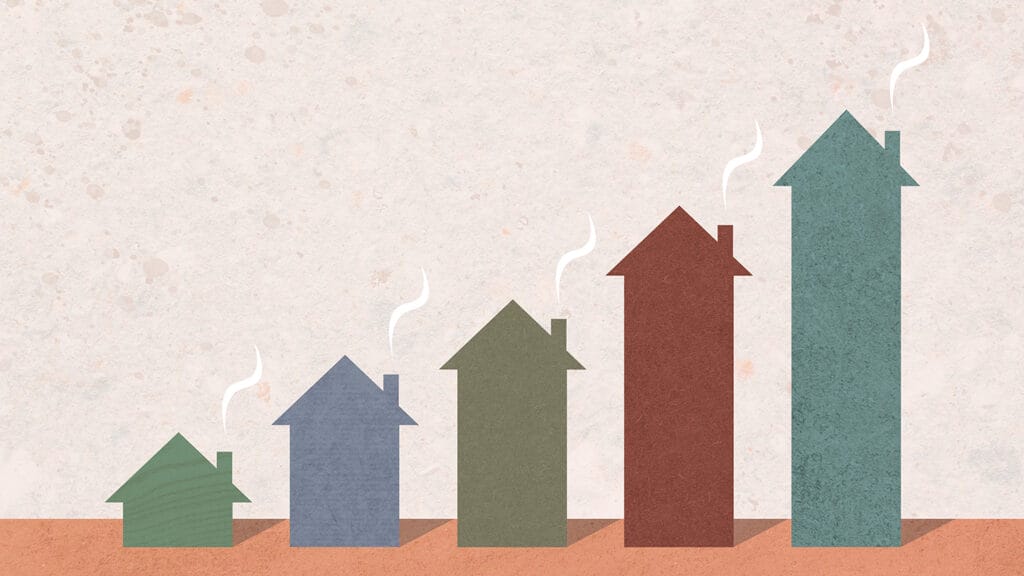

Senior living occupancy (independent living and assisted living combined) recovery continued to be uneven from August to September, with some markets achieving full recovery and others still working toward returning to pre-pandemic levels, according to the NIC MAP Vision’s October Intra-Quarterly Snapshot, released Thursday.
The data showed that senior living occupancy for 68 secondary markets had fully recovered, partially due to the performance of the assisted living segment.
But recovery trajectories and timelines continued to be uneven, with once-dominant markets experiencing lower occupancy rates than other markets and previously underperforming markets seeing occupancy climb.
“The past three years have been a period of notable change for the senior housing market,” Omar Zahraoui, principal at the National Investment Center for Seniors Housing & Care, wrote in a blog. “The occupancy rankings tell a story of a market in flux, responding to a complex interplay of economic forces, supply and demand dynamics, and regional attractiveness.”
The all-occupancy rate for senior living in the 31 NIC MAP primary markets increased 0.5 percentage points to 84.9% from September to October. From its pandemic record low of 77.8% in June 2021, senior living all-occupancy increased by 7.1 percentage points and remained 2 percentage points below the March 2020 pre-pandemic level of 87.1%.
By comparison, the all-occupancy rate for the secondary markets (86.7%) bounced back more quickly and had fully recovered at only 0.1 percentage point below the March 2020 benchmark level. Occupancy in the secondary markets was up 0.5 percentage points from September and up 8.2 percentage points from March 2021.
In October, the all-occupancy rate for assisted living properties in the NIC MAP primary markets was up 0.7 percentage points to 83.2% from September and was 1.4 percentage points below March 2020 occupancy levels. Zahraoui noted that occupancy for assisted living continued to recover relatively faster than independent living, increasing by 9.3 percentage points from June 2021, 4.3 percentage points more than independent living, which was up 5 percentage points in that timeframe.
Assisted living occupancy in the secondary markets in October was 85.1%, 1 percentage point above March 2020 levels.
Independent living’s 86.5% occupancy rate in the primary markets increased 0.4 percentage points in October from September, but it remained 3 percentage points below the March 2020 level. In the NIC MAP secondary markets, the independent living occupancy rate stood at 88.2% in October, recovering 5.8 percentage points from its pandemic low and just 1.1 percentage point below the March 2020 level.


